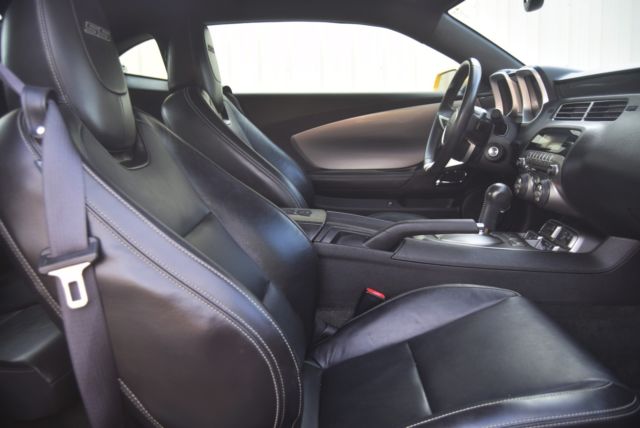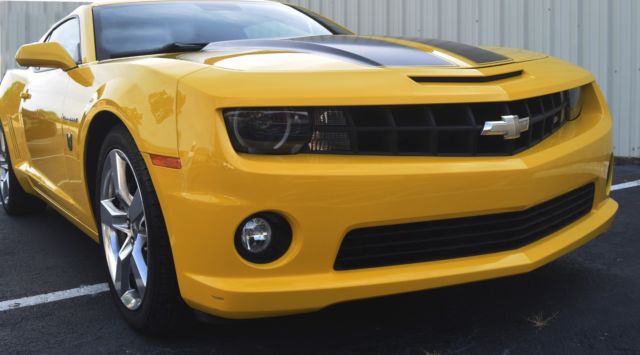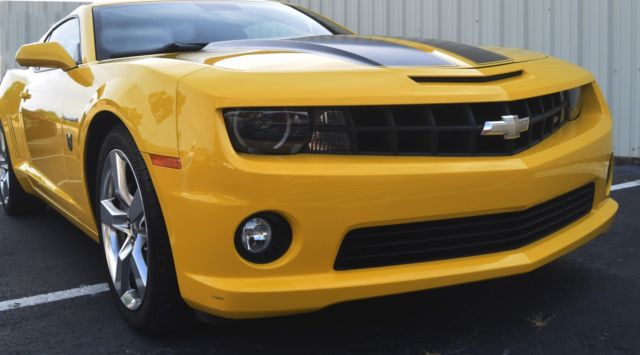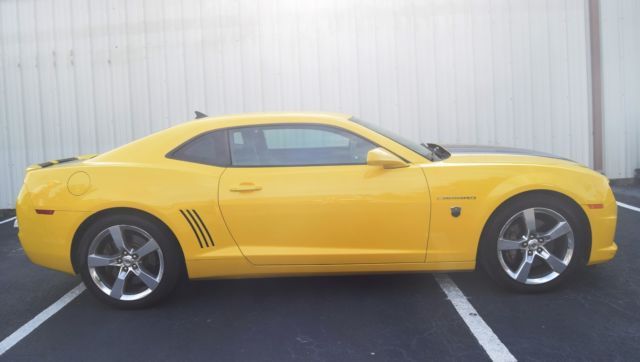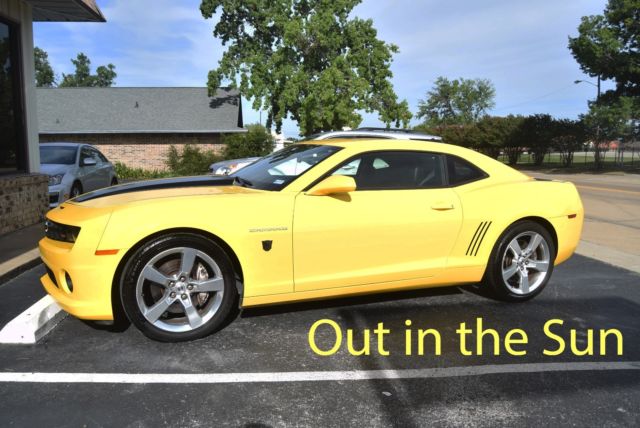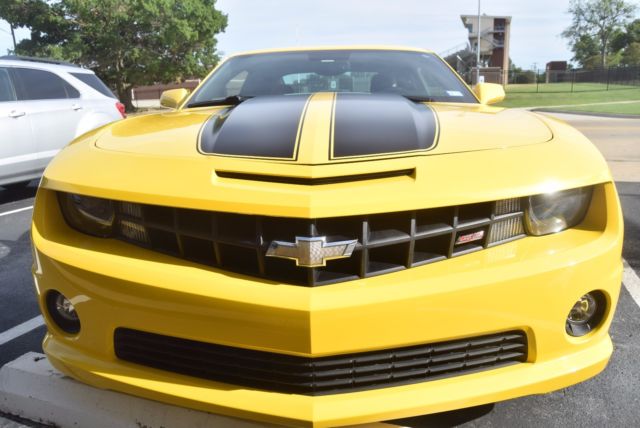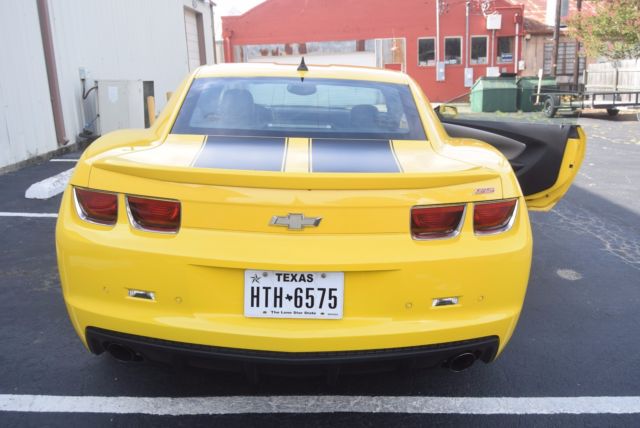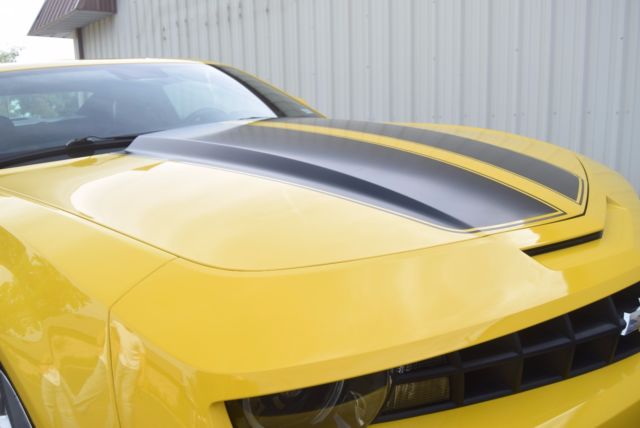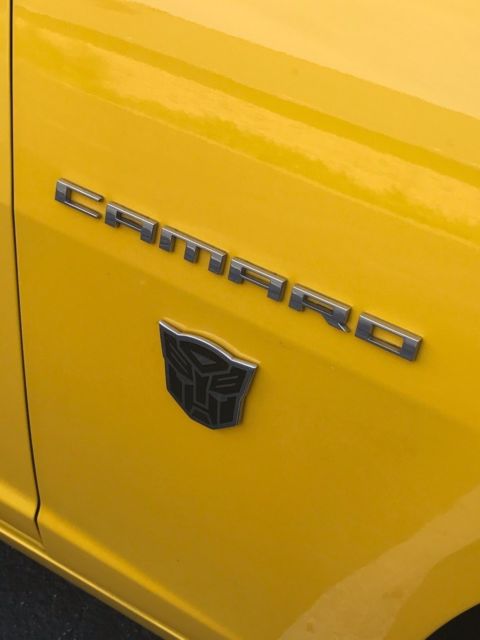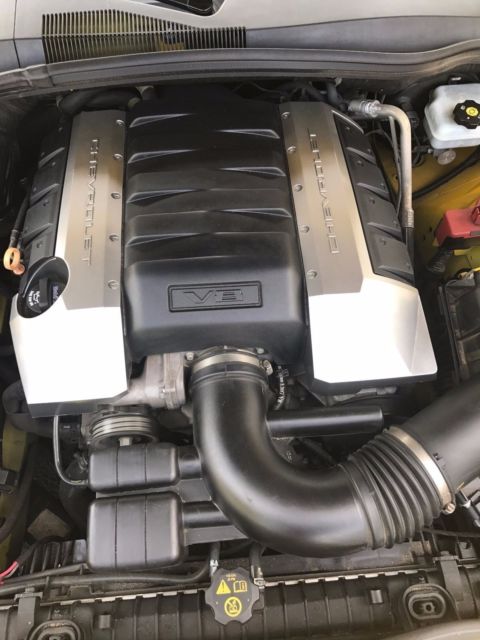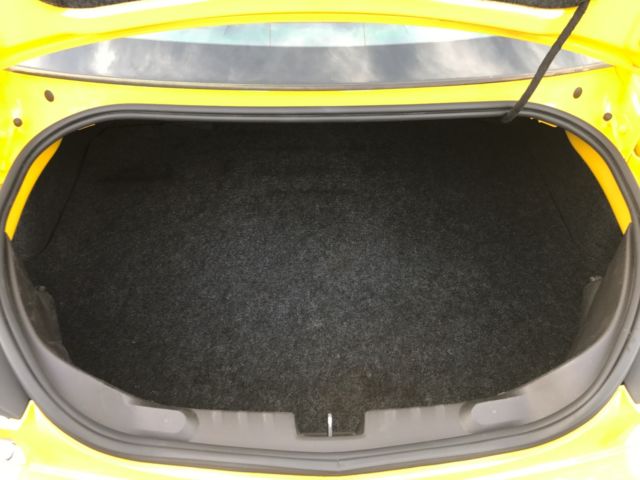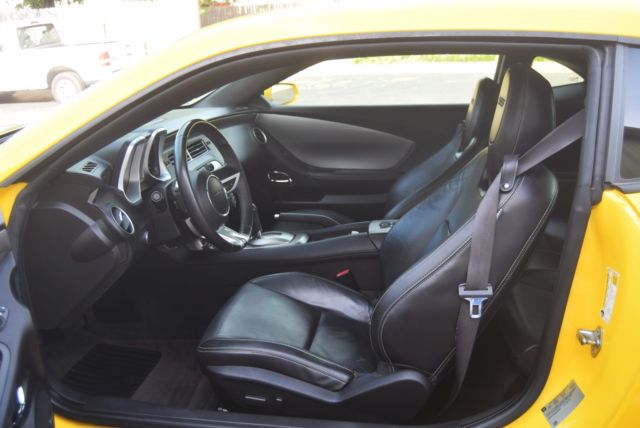2010 CAMARO 2 SS Transformer Edition Loaded w/ ALL Options! Yellow w/Black Leath
- Make: Chevrolet
- Model: Camaro
- SubModel: 2SS Transformer
- Type: Coupe
- Trim: SS
- Year: 2010
- Mileage: 57,300
- VIN: 2G1FK1EJ4A9182250
- Color: Yellow
- Engine size: 6.2L
- Number of cylinders: 8
- Power options: Air Conditioning, Cruise Control, Power Locks, Power Windows, Power Seats
- Fuel: Gasoline
- Transmission: Automatic
- Drive type: RWD
- Interior color: Black
- Drive side: Left-hand drive
- Safety options: Anti-Lock Brakes, Driver Airbag, Passenger Airbag, Side Airbags
- Options: CD Player, Leather Seats
- Vehicle Title: Clear
- Interested?
2010 Chevrolet Camaro SS Description
2010 CAMARO 2SS Transformer Edition Loaded w/ ALL Options! Super Clean"Bad-ass looks, comfortable ride, undeniable speed." Car and Driver Magazine
This beauty is owned by an engineer that took great care of his toy spending hours detailing every inch inside and out. The body has a deep shine that will turn heads.
Details:
- Loaded with all available options
- Front tires are new
- Back tires have 15k-18K miles on them
- Interior, engine and the trunk are super clean
- 2 of the 4 wheels have scuffs (See Photos)
- Two small imperfections on the paint (See Photos - small scratch on front fender and ading on the door)
- Driver's seat has smallpuncture (See Photo)
We appreciate you checking out our listing! Our goal is to help our customerssell their items online. We will provide excellent service throughout each transaction. That's why we have a 100% positive feedback from past customers!
Always contact us with any questions or concerns.
Sincerely,
Mike McKinley
Sales & Service
eSale Services, LLC
903-207-8008
BUYER IS RESPONSIBLE FOR SHIPMENT - We can help you find a reputable freight company. All checks must clear before the vehicle is picked up.
LOCAL PICK UP:
Please contact us at 903-207-8008 if you would like to arrange pick up at our location.
eSale Services, LLC
327 W. Crawford St.
Denison, TX 75020
903-207-8008
- Car and Driver Article (see below) -2010 Chevrolet Camaro SS V8The arrival of the Chevy Camaro finally completes Detroit's pony-car trifecta. But did Motown save the best for last?MARCH 2009BYSTEVE SILERSince the last pill-shaped F-body Camaro rolled off the line in 2002, the long-fought, often contentious pony-car game has been one of solitaire, played solely by the Ford Mustang. The Mustang went all retro in 2005, and the ensuing craze prompted Dodge and Chevy to rouse their own dormant nameplates (and fans) to take on the foeless leader. Dodge was first in 2008 with its resurrected Challenger, and now—just as Ford is launching its significantly updated 2010 Mustang—Chevrolet has finally commenced production of its reborn Camaro, completing the new-age pony-car trifecta.
While we will save the official comparison test for later, we can aver that the neo-Camaro offers the freshest and most modern package of the three. Built as it is on GM’s superb Zeta full-size platform, the Camaro sports a fully independent suspension along with evocative, contemporary styling that thankfully misses being totally retro. We entered into this first test of the long-awaited 2010 Camaro with high expectations. Indeed, with a 304-hp, 3.6-liter V-6, thebaseCamaro is nearly as powerful as the Mustang GT, so we were champing at the bit to see what the Camaro could do in SS form with a 6.2-liter V-8 stuffed under its hood.
How Quick Is It?
With the six-speed automatic, the Camaro SS can hit 60 mph in a scant 4.6 seconds, with the quarter-mile arriving in 13.1 at 109 mph. At 4.8 seconds, the Camaro with the six-speed manual takes 0.2 second longer to hit 60 but overtakes the automatic by the quarter-mile mark, clocking 13 seconds flat at 111 mph. (The L99 V-8 hooked to the automatic is rated for 400 hp and 410 lb-ft of torque; the LS3-and-manual combo is good for 426 hp and 420 lb-ft.) For comparison, the 315-hp 2010 Ford Mustang GT and the 376-hp, 5.7-liter Hemi-powered Dodge Challenger R/T do the trick in 5.1 seconds. The better-matched but pricier Challenger SRT8—with a 425-horse, 6.1-liter Hemi—hits 60 in 4.8 seconds. So until Ford gets the Mustang GT into the gym and stuffs more power under its hood, Chevy has earned bragging rights in the segment where burliness arguably counts the most.
On a drive that took us along the scenic roads east of San Diego, California, we also found the Camaro’s roadholding to be quite stellar—it grips with 0.92 g on a skidpad—thanks in part to the independent multilink suspension out back and the stickiness of the fat, Z-rated 245/45-front and 275/40-rear Pirelli P Zero tires mounted on 20-inch wheels. The variable-ratio steering rack delivers great on-center feel, similar to that which we’ve praised on the Camaro’s platformmate, the Pontiac G8.
Stick to the Stick
The shift and clutch actions of the six-speed manual transmission were amiable enough for an average commute, with the lower gears close enough to keep the engine in its—admittedly large—sweet spot much of the time. Longer hauls might wear on your left leg a bit, but the same can be said for the other muscle machines with which the Camaro competes.
We recognize, however, that the only way some customers are going to get a Camaro in their driveway is to specify the six-speed automatic, which comes with shift buttons behind the steering-wheel spokes. In manual mode, the left button actuates downshifts, the right, upshifts; and gears are held until you ask for the next one. Chevy also added a sport automatic mode, selected by simply moving the gear lever down into the M position. Doing so raises the shift points higher (perhaps too high), holds gears for longer (perhaps too long), and forces downshifts to happen more abruptly and aggressively during deceleration. We found that driving in sport mode made for rather ungraceful jerking during a spirited mountain-road romp, so we preferred the predictability of shifting for ourselves using the wheel buttons, even if the shifts came after the usual manumatic delay. Our advice is to stick with the stick, if at all possible.
Quiet + Calm Ride = Surprising Comfort
The Camaro SS packs a few surprises, however. The L99 and LS3 engines are both remarkably—anddisappointingly—quiet, at least from inside the cabin (based on the shell-shocked looks on the faces of people we blew by, it appears that it’s plenty loud on the outside). For high-speed cruising, this is a good thing, as there is no shred of that exhausting boominess that can add misery to long-haul muscle-car motoring. But at the same time, we found ourselves wanting a bit more of an audible reminder that we were driving something with426 freakin’ horsesunder the hood. Even at full tilt, the engine didn’t seem to have the trumpetlike blat of the Challenger R/T’s 5.7-liter, let alone the NASCAR-worthy howl of the 6.1-liter in the SRT8.
Other surprises include the eerily serene ride and the utter absence of wind noise. Particularly at freeway speeds, the Camaro’s Zeta roots pay dividends, with the suspension striking a brilliant balance between lively, grippy roadholding and wonderfully compliant damping. Meanwhile, the SS offers decent feedback through the steering wheel. You could cruise down Woodward all day in this thing and never feel beat up. Try that in a '69.
Drives Big
At higher speeds, however, is where one misses things like outward vision. Although looking over the long, beveled hood is a view every muscle-car fan will relish, the low roof, high waistline, and wall-like rear pillars make the car drive big (not good for twisty two-lanes), a complaint we also level at the Challenger. Lane changing is a point-and-squirt affair rather than anything involving an over-the-shoulder check. The exterior mirrors help, with the bonus that they give you a close-up view of the Camaro’s sexy hips. The interior mirror is utterly useless, though; all one sees when glancing rearward is an ocean of black roof and C-pillars the width of a Sequoia (the treeorthe Toyota).
Also disappointing are the hard plastics that we had hoped were banished from GM interiors, but they’ve clearly found their way into the Camaro. Furthermore, the inset dashboard trim piece that was to be rendered—at least optionally—in a cool illuminated band of light-tube trickery has become a cloth insert. It looks good in a contrasting color, but it’s drab when it matches the rest of an all-black cabin. And finally, as great as the high-mounted “squircle-shaped” gauges and cool center stack look, the script is tiny and the buttons can be ergonomically challenging in operation.
But the Camaro is beguiling. It has a strong design and a strong heritage and delivers seriously strong acceleration. Especially given its aggressive pricing ($22,995 for the base V-6, $30,995 for the SS), it is likely to do well with its established fan base and should even earn a few more admirers in its new life. And not insignificantly, the EPA just gave itexcellent fuel-economy ratings. Could it be better? Absolutely, but at least its deficiencies involve its interior detailing more than its dynamics. Besides, in these tumultuous, unpredictable times, we should celebrate the mere fact that cars like this are here at all. Welcome to the herd, little pony.
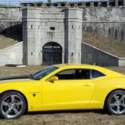 Chevrolet Camaro SS Transformer edition yellow with black rally stripes
Chevrolet Camaro SS Transformer edition yellow with black rally stripes
Mileage: 12,600
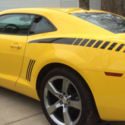 2011 Chevrolet Camaro 312 hp Yellow and Black Bubble Bee Transformer
2011 Chevrolet Camaro 312 hp Yellow and Black Bubble Bee Transformer
Mileage: 65,019
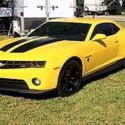 2010 Flawless Special Edition Transformer Camaro
2010 Flawless Special Edition Transformer Camaro
Mileage: 23,400
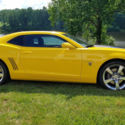 2010 Chevy Camaro Limited Transformer Edition w/Supercharger
2010 Chevy Camaro Limited Transformer Edition w/Supercharger
Mileage: 3,900
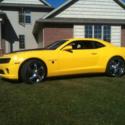 2010 CHEVROLET CAMARO SS - TRANSFORMER EDITION - ONLY 11K MILES - BUMBLEBEE
2010 CHEVROLET CAMARO SS - TRANSFORMER EDITION - ONLY 11K MILES - BUMBLEBEE
Mileage: 11,000
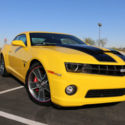 2010 CHEVROLET CAMARO SLP ZL575,BRAND NEW CAR,TRANSFORMER EDITION,SUPERCHARGED
2010 CHEVROLET CAMARO SLP ZL575,BRAND NEW CAR,TRANSFORMER EDITION,SUPERCHARGED
Mileage: 41
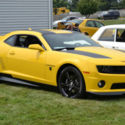 2012 Camaro Transformer Edition V8 Custom Exhaust w/ Extras
2012 Camaro Transformer Edition V8 Custom Exhaust w/ Extras
Mileage: 15,800
 2010 Camaro RS/SS transformer 6spd
2010 Camaro RS/SS transformer 6spd
Mileage: 55,000
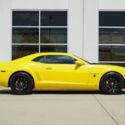 GORGEOUS OFFICIAL 2010 BUMBLEBEE TRANSFORMER 2SS CAMARO
GORGEOUS OFFICIAL 2010 BUMBLEBEE TRANSFORMER 2SS CAMARO
Mileage: 73,858
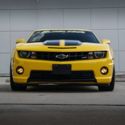 GORGEOUS OFFICIAL 2010 BUMBLEBEE TRANSFORMER RS 2SS CAMARO
GORGEOUS OFFICIAL 2010 BUMBLEBEE TRANSFORMER RS 2SS CAMARO
Mileage: 73,858
